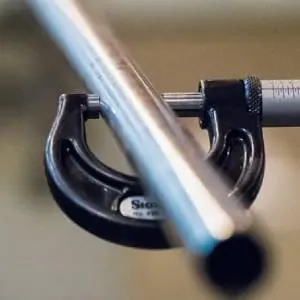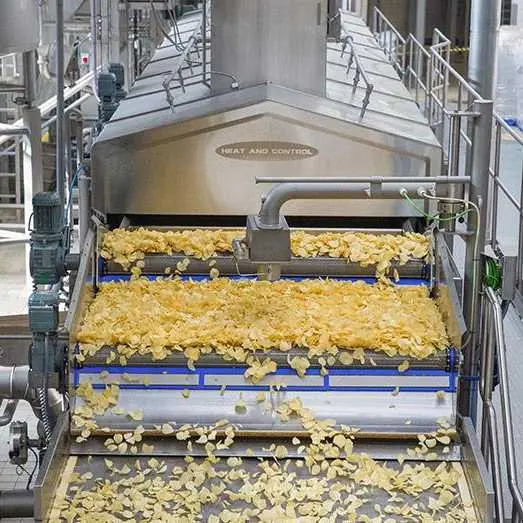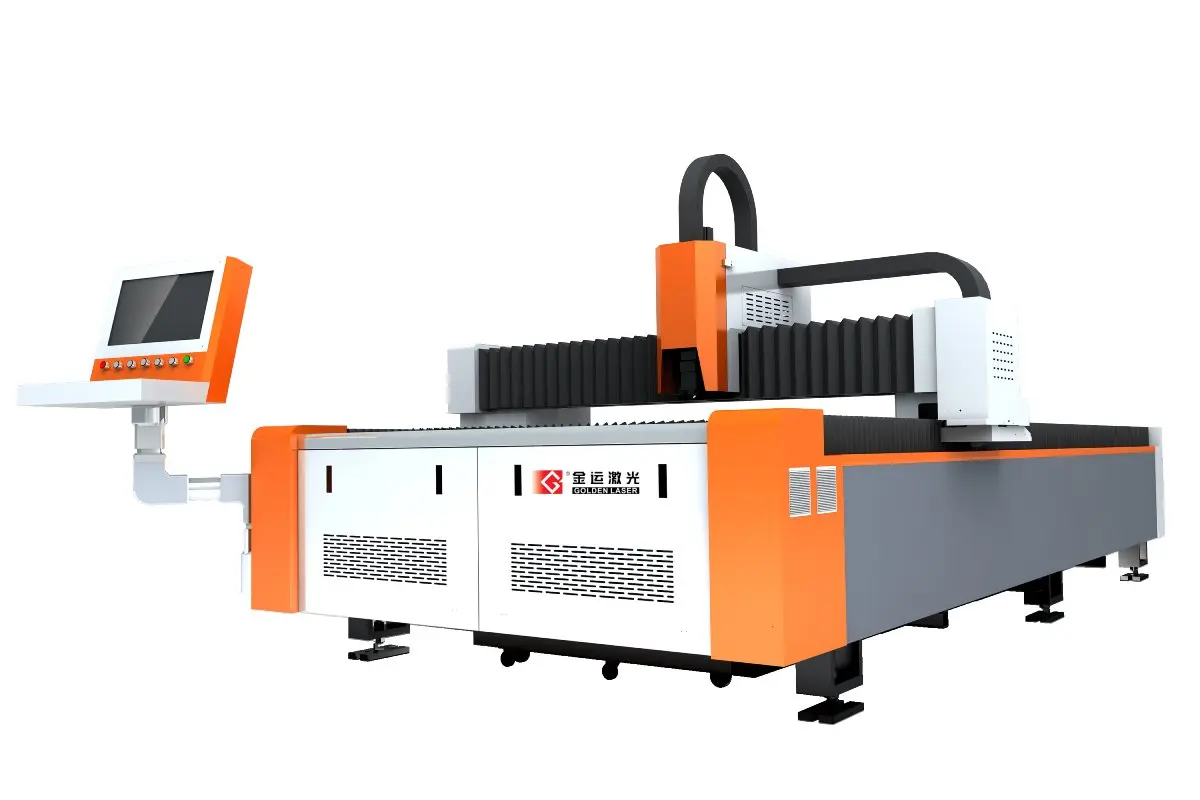
Advantages of Using Steel Automatic Cutting Machines for Increased Efficiency and Precision in Modern Manufacturing Processes
In the evolving landscape of modern manufacturing, efficiency and precision are cornerstones that companies strive to achieve. One of the advancements aiding this quest is the Steel Automatic Cutting Machine, a technology that has revolutionized the way steel is processed. This article delves into the numerous benefits of using steel automatic cutting machines, exploring how they enhance productivity, reduce waste, and ensure superior quality in steel fabrication.
**Understanding Steel Automatic Cutting Machines**

Advantages of Using Steel Automatic Cutting Machines for Increased Efficiency and Precision in Modern Manufacturing Processes
Steel automatic cutting machines are specialized equipment designed to cut steel materials with high precision and speed. These machines are equipped with advanced features such as programmable logic controllers (PLC), cutting heads that adapt to various thicknesses, and automated loading systems. This technology is beneficial across various industries, from automotive to construction, enabling manufacturers to meet the ever-increasing demand for high-quality steel products.
**Enhanced Efficiency**
One of the primary advantages of steel automatic cutting machines is their ability to enhance operational efficiency. Traditional cutting processes often require significant manual labor, leading to increased labor costs and potential human errors. In contrast, automatic cutting machines operate with minimal human intervention, allowing for faster cycle times and improved output. For example, where a manual machine may take hours to complete a large cutting job, an automatic cutter can finish the same task in a fraction of the time. This increased efficiency allows manufacturers to meet tight deadlines and respond quickly to market demands.

Advantages of Using Steel Automatic Cutting Machines for Increased Efficiency and Precision in Modern Manufacturing Processes
**Precision Cutting**
Precision is critical in the steel fabrication industry, particularly when components must meet exact specifications. Steel automatic cutting machines employ advanced technologies such as laser cutting or plasma cutting, which provide an unparalleled level of accuracy. These cutting methods can produce intricate designs and complex shapes without compromising the integrity of the steel. The computing power of these machines allows them to follow detailed blueprints flawlessly, resulting in parts that fit together perfectly, minimizing the risk of rework and enhancing overall product quality.
**Reduction of Material Waste**
In any manufacturing process, minimizing waste is essential not only for cost savings but also for environmental sustainability. Steel automatic cutting machines feature optimized cutting patterns that significantly reduce leftover material. By employing nesting software, these machines can plan cuts more efficiently, ensuring that the maximum amount of material is utilized in the process. This not only lowers material costs but also contributes to a greener manufacturing approach, as less waste translates to less environmental impact.
**Consistency and Repeatability**
Another critical benefit of steel automatic cutting machines is their ability to deliver consistent results across multiple cuts. Unlike manual processes, where human factors can lead to variability, automatic cutting machines perform cuts with the same level of precision every time. This consistency is especially important in industries where parts need to be identical, such as in aerospace and automotive manufacturing. Manufacturers can rely on these machines to produce high-quality components that meet stringent regulatory standards without the risk of inconsistency.
**Safety and Ergonomics**
Incorporating steel automatic cutting machines into manufacturing processes can also enhance workplace safety. Traditional cutting methods often expose workers to hazardous environments, including sharp tools and heavy materials. By using automated machinery, the risk of workplace accidents is significantly reduced. Operators can control the machines from a safe distance, and many modern machines come equipped with safety features such as emergency shut-off systems and protective guards. This not only helps protect workers but also contributes to a more ergonomic work environment, reducing strain and fatigue associated with heavy lifting and manual cutting.
**Conclusion**
The steel automatic cutting machine represents a significant advancement in the field of steel fabrication. By enhancing efficiency, improving precision, reducing waste, and ensuring safety, these machines have become an indispensable part of modern manufacturing processes. As industries continue to evolve and demand higher standards, investing in steel automatic cutting technology will likely lead to better competitive positions in the market. Embracing this innovation is not just a trend; it’s a strategic move that can provide long-term benefits and drive success in a fast-paced industrial world. Companies investing in steel automatic cutting machines position themselves at the forefront of efficiency and quality, ensuring they meet the challenges and opportunities of the future head-on. Aluminum Profile Laser Cutting Machine



